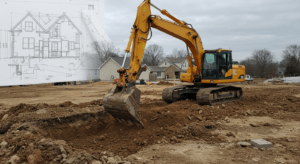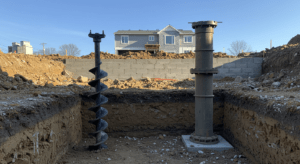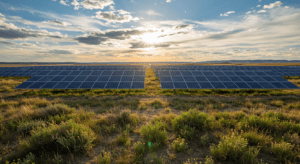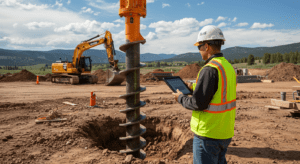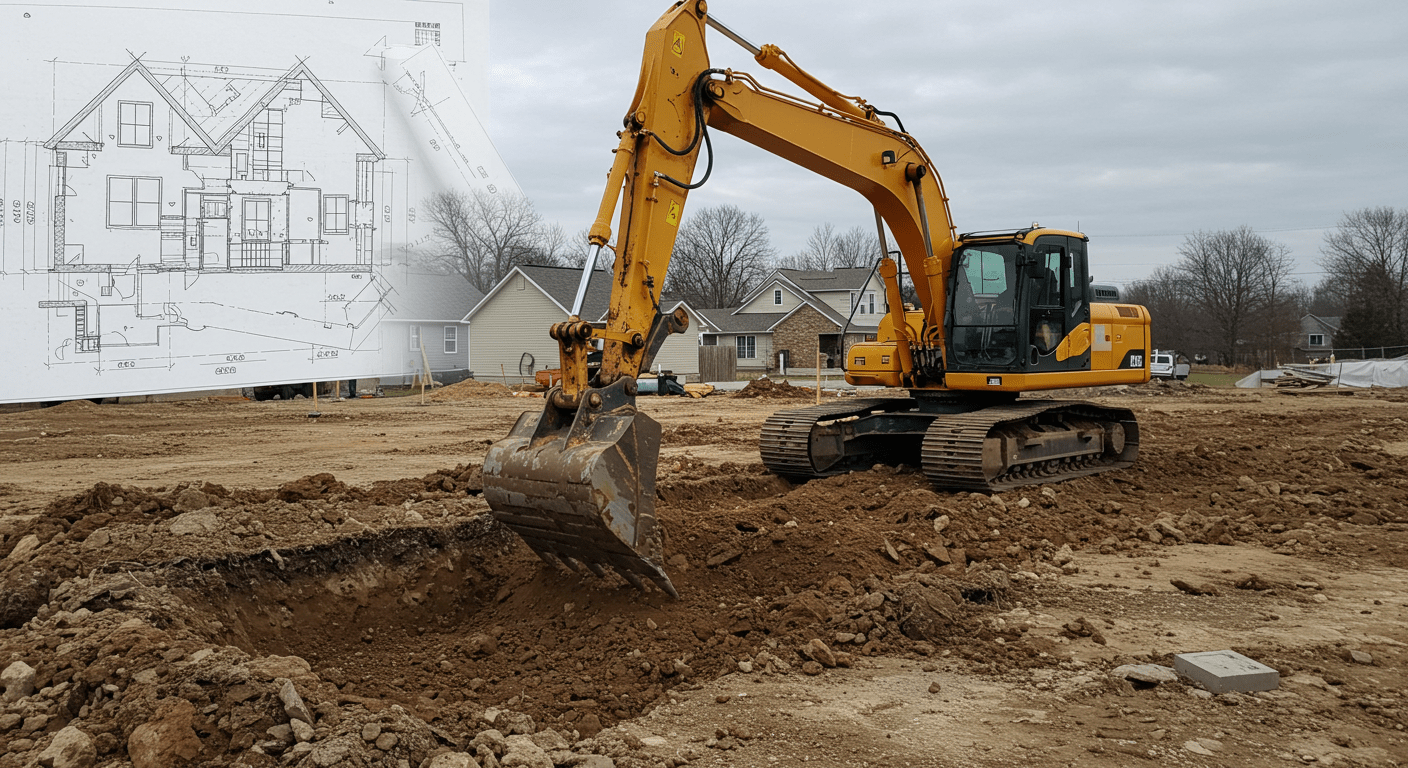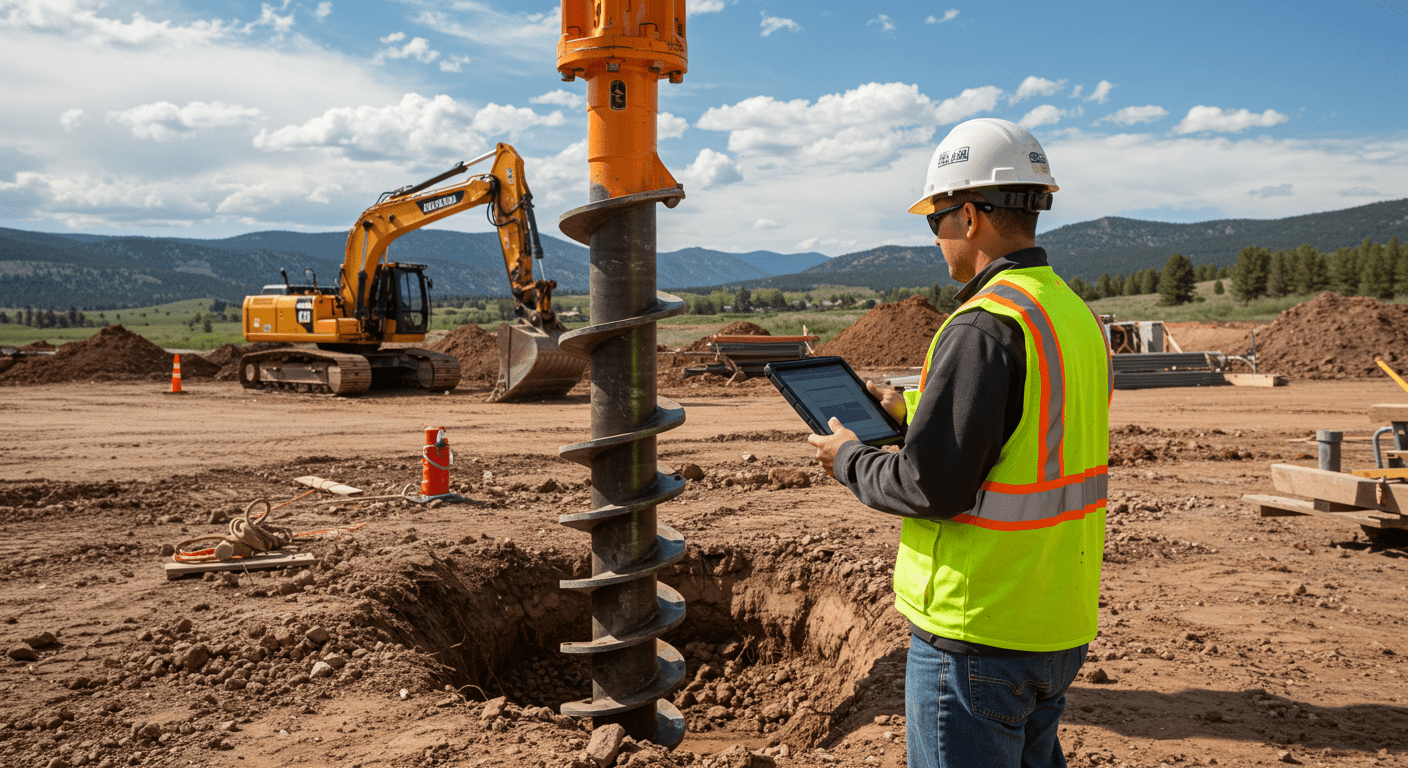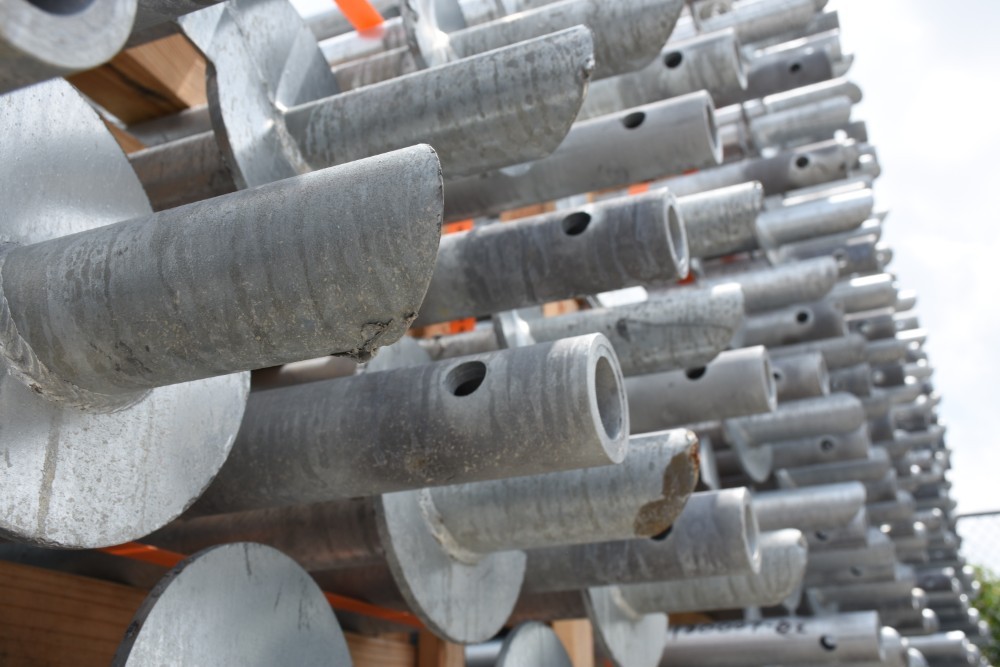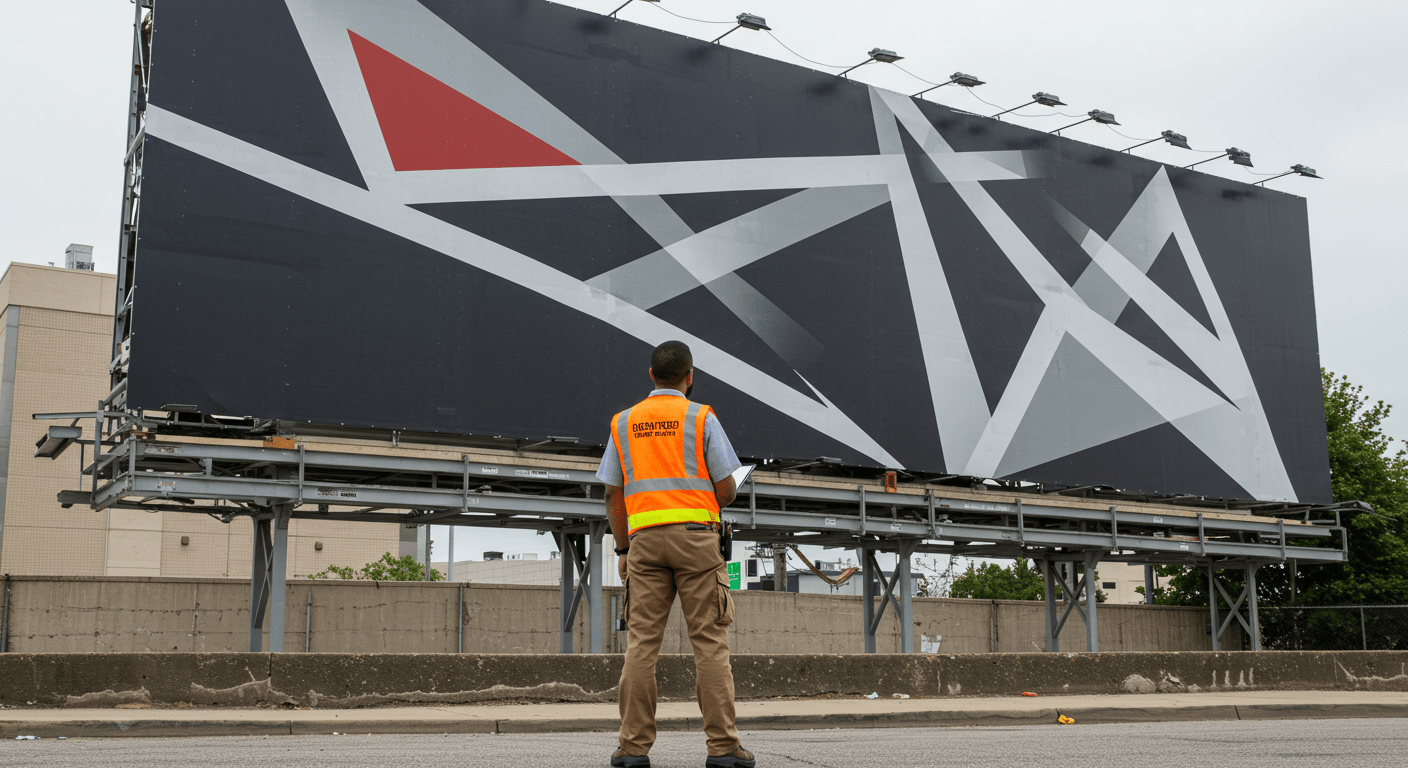Lower cost and better for the environment?
As the construction industry increasingly shifts towards sustainable practices, the environmental impact of building methods has become a key consideration. One innovative technology that has gained prominence in eco-friendly construction is helical piers—a type of foundation system that offers a range of benefits to both the environment and the construction process. Known for their minimal environmental disturbance, efficiency, and sustainability, helical piers are helping to redefine how we approach building and construction projects.
In this article, we will explore how helical piers contribute to eco-friendly construction practices, focusing on their reduced soil disturbance, minimal environmental impact, and their role in creating sustainable foundation solutions.
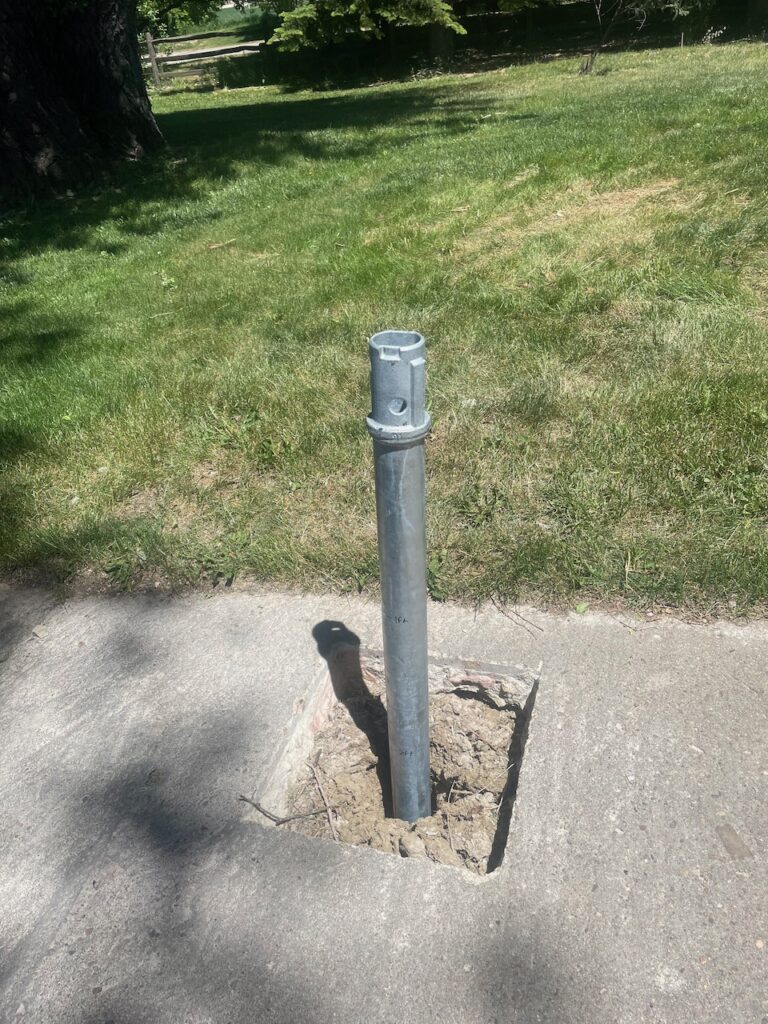
What Are Helical Piers?
Helical piers, also known as screw piles or helical piles, are steel foundation systems that anchor a structure into the ground. They consist of a central steel shaft with spiral-shaped blades (or “helices”) welded along its length. These piers are installed by “screwing” them into the soil using hydraulic equipment, which allows them to penetrate the ground and reach stable soil layers capable of supporting a structure’s weight.
This method of installation is highly efficient compared to traditional foundation techniques, which typically require large-scale excavation and concrete pouring. It’s this efficiency, along with other environmental benefits, that has positioned helical piers as a go-to solution for sustainable and eco-friendly construction.
Reduced Soil Disturbance
One of the most significant advantages of helical piers from an environmental perspective is their ability to minimize soil disturbance during installation. Traditional foundation methods, such as pouring concrete or drilling deep piers, often involve significant excavation that can disrupt local ecosystems and cause long-lasting damage to the soil.
Helical piers, however, are installed with minimal excavation. The hydraulic equipment used to drive the piers into the ground causes minimal disruption to the surrounding soil, leaving much of the landscape intact. This process allows for a more efficient foundation installation without requiring large trenches or the removal of significant amounts of earth.
This minimal soil disturbance helps to preserve the natural topography of the site and avoids issues like erosion, soil compaction, and habitat destruction that can arise from traditional excavation. The reduced need for soil alteration is especially beneficial when building in sensitive environments, such as wetlands, coastal areas, or locations with unstable or fragile soil.
Minimal Environmental Impact
Beyond reduced soil disturbance, helical piers have a significantly lower overall environmental impact compared to traditional foundation methods. Several factors contribute to this eco-friendly advantage:
1. Lower Carbon Footprint
2. No Need for Concrete
3. Less Construction Waste
4. No Soil Contamination
Sustainable Foundation Solutions
Sustainability is a growing priority in the construction industry, and helical piers align well with this goal by offering long-lasting, low-maintenance foundation solutions. Their durability and adaptability to a range of soil conditions make them an ideal choice for projects seeking to balance environmental concerns with construction needs.
1. Longevity and Durability
2. Adaptability to Challenging Soil Conditions
3. Reusability and Recyclability
Contributing to Green Building Certification
As demand for sustainable buildings grows, more construction projects are pursuing certifications such as LEED (Leadership in Energy and Environmental Design). Helical piers play a vital role in helping developers meet these certifications. By reducing the amount of excavation, minimizing construction waste, and offering a durable, low-maintenance foundation solution, helical piers contribute to a project’s overall environmental performance.
Furthermore, their minimal environmental impact and energy-efficient installation process help satisfy various sustainability criteria required by green building programs, making them an attractive choice for eco-conscious developers and architects.
Conclusion
In today’s world, where environmental stewardship is more important than ever, helical piers stand out as a truly sustainable foundation solution. Their ability to minimize soil disturbance, reduce carbon emissions, and eliminate the need for concrete makes them a powerful tool in eco-friendly construction. As the construction industry continues to embrace sustainability, helical piers will undoubtedly play an increasingly important role in creating structures that are both environmentally responsible and long-lasting.
By integrating helical piers into modern building projects, we can ensure that our growth and development are in harmony with the natural world, contributing to a greener, more sustainable future.

